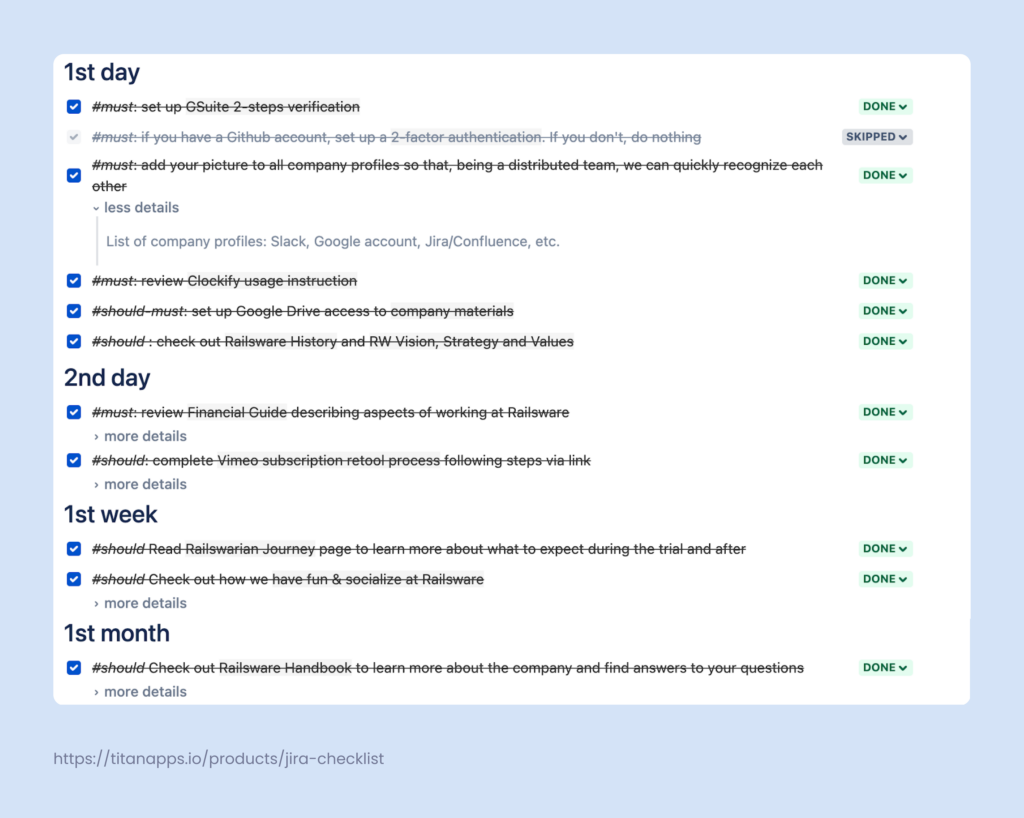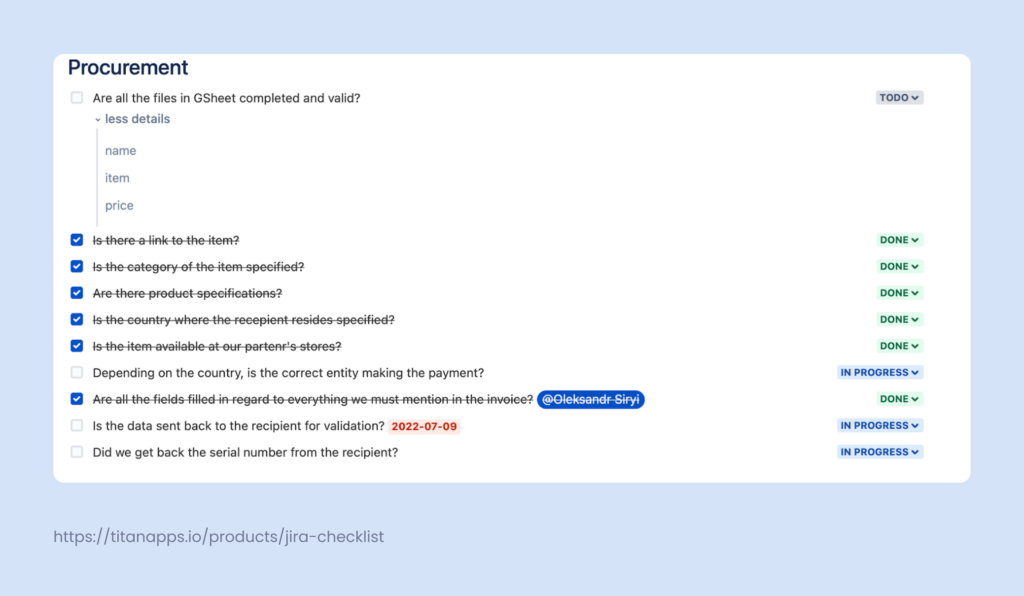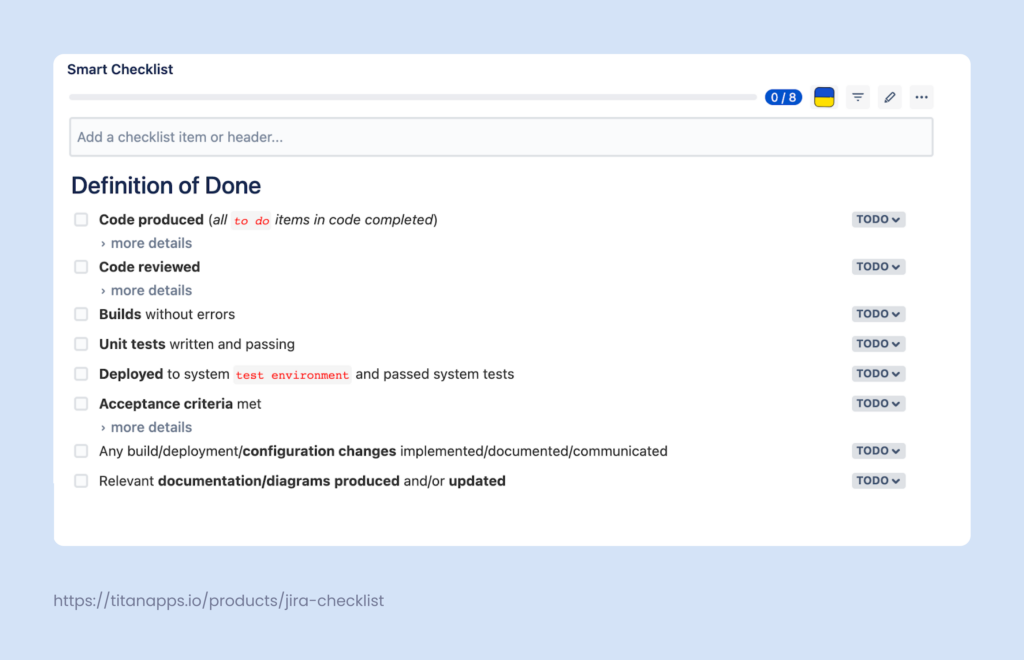It’s fun to go on a merry-go-round when you are five. But for a thirty-something project manager, the “joy” of merrily doing the same thing over and over again is more akin to flashbacks from ‘em cheesy 90’s action flicks.
Think about starting a new development project, for example. You have some fresh ideas, an actionable plan, and the drive to make a damn good product. Then you go to Jira to set everything up, and the tedious processes you’ve repeated dozens of times across multiple projects literally sucks the will to live out of your hardworking body.
And don’t get this wrong, I’m not saying that every project is the same. There’s definitely a unique recipe to making them purr like a 78 Chevy Chevelle, but the basic building blocks are always the same. Moreover, if your company has been doing development long enough, you’ll have established workflows and processes that have proven their efficiency.
Fortunately, Jira has a lot of the tools you’ll need to automate the routine. And if there’s something that doesn’t come out of the box – the odds are you’ll find a viable option on the Atlassian Marketplace.
Create a Jira Project that will serve as a template
I was talking about the problem of repetitive setups in Jira with Marlene Kegel from codefortynine sometime last week, and it turns out she had a similar issue when working in a game dev company.
When their objectives shifted to reliably delivering more games, a solution was needed to both automate and standardize the process. That’s not an easy feat to achieve, yet they had to start somewhere. So they started with Confluence and created a document where they gathered the requirements and the to-dos from every team.
After the necessary data was put into this confluence document, it was transported into Jira project with Stories that reflect the requirements. And the Jira project, in turn, became a template for further projects as the team used the Deep Clone Jira add-on to clone it when needed.
Deep Clone is a Jira add-on that can bulk clone up to 100,000 issues or entire company-managed projects, including settings, versions, components, and issues. Some of the add-on’s most common use cases are:
- Developing a template for onboarding and cloning issues, stories, and projects that help streamline this process.
- Escalating support tickets to other departments (you can clone a ticket instead of reassigning it when you still plan to use the original).
- Cloning workflow transitions for cross-team workflow setups.
In our case, Marlene and her team used Deep Clone to turn the Project that’s comprised of 50 Stories – give or take – into a template that clearly describes (standardizes) the desired outcome. You can read more about this case on the Atlassian community forum.
Enhance the project template with more context within stories and issues
Obviously, there’s more to it than haphazardly slapping a bunch of Stories into a Project and calling it a day. A series of stories aren’t worth much without context. You’ll still need to populate a lot of them with content, acceptance criteria, and links to relevant documentation.
That’s when an additional layer of automation can be introduced into a template project – checklist templates. They are an excellent tool when the context of a story or an issue is not subject to change.
Let’s take an onboarding ticket as an example. A new employee will always need to go through the same series of steps. My team uses Smart Checklist for Jira to populate template onboarding tickets with the steps a person needs to complete, like signing into their account, setting up two-factor verification, or reading through the necessary documentation.
The functionality of a checklist allows us to offer clear guidance and share internal knowledge like processes and policies. It helps us offer new people insight into what’s expected of them during the trial period without unnecessarily investing the time of HR and senior team members into explaining a repetitive pattern.
This Smart Checklist functionality is like the pumpkin spice to Deep Clone’s latte as it allows setting up complex template projects and/or Jira issues that are not only reusable but actionable and rich with context as well.

Additionally, our teams use Smart Checklist to automate procurement. A checklist template is automatically generated when a new procurement ticket is created, and it holds the necessary steps to successfully accomplish the task.

If we were to revert back to development, a Definition of Done checklist is a prime example of a great template you can include in your tickets before cloning a Jira project, as it allows you to have a set of clearly defined parameters that determine whether a piece of work can be considered “done” right off the bat.

Having these and other checklists in a template project can save you hundreds of man-hours in the long run. And, thanks to the integration between Smart Checklist and Deep Clone, you can use them freely regardless of the number of stories you’ll need to clone.
Try out Deep Clone here and try Smart Checklist free for 30 days here.
